How to maximize collaboration to ensure greater clarity and purposeAnybody reading this blog post can probably articulate why collaboration plays such an important part in the planning process when it comes to quality teaching and learning. A simple Internet search can provide loads of visual metaphors that represent what authentic collaboration should look and feel like. Just take a glance at the photo below. The message embedded within this photo suggests that collaboration is all about togetherness, agreement, peace, harmony, and support. Although all of these things are critical building blocks of great collaborative practice, collaboration itself can be messy, frustrating, and may even seem pointless if it is NOT structured in ways that are relevant and meaningful to all stakeholders involved, especially in regards to important decisions being made about teaching and learning. Getting a group of grade level teachers together, around a table, to make decisions about an upcoming unit is no easy task as everyone brings different perspectives in relation to what important concepts, skills, and dispositions should be focused on. Now, imagine also placing single subject teachers in this meeting to share their thoughts about how they can connect student learning in PE, Music, and Art with what is being focused on in the classroom. Integration adds an entirely different layer of complexity to these meetings and if we do not carefully structure how this collaboration takes place, things can become much less purposeful and relevant. The planning strategies and approaches that we are working on developing at Gardens Elementary School are aimed at refining collaboration, so that it is relevant and that clearly defined next steps are in place for each teacher in our meetings. The other day, I wrote a blog post that shared the strategy of using planning timelines as a starting point to mapping out when important concepts and skills in a unit will be unpacked. These planning timelines really help to provide much more clarity with teachers and the collaboration can become much more purposeful as a result of going through this process. However, having a planning timeline in place is just the first step in helping to create more meaningful dialogue during our collaborative planning meetings. A second step that I’d like to share is our Mid-Unit Check in and how these check ins help to deepen the discussions taking place. The Mid-Unit Conceptual Check In is a strategy that has all teachers self-assessing where they are at in regards the unpacking of the big ideas in a unit. The planning timeline makes very clear when certain concepts will be unpacked in a unit, so the mid-unit conceptual check in helps to determine where each teacher is at based on these planning timelines. In the photos below, you can see many different examples of what the mid-unit check in looks like in action during our meetings. You’ll notice that the mid-unit check in is done using a large, poster-sized piece of chart paper. In the far left column, you can see the initials of each classroom teacher. Across the top of the chart paper, you’ll notice the important concepts that were the focus of the unit. Using either a green, yellow, or red sticky dot, teachers place these dots under each concept identified at the top. A green sticky dot means that the teacher has completely unpacked the concept with their students. A yellow dot indicates that the concept is just beginning to be unpacked, and a red dot means that the concept has yet to be unpacked. As each teacher has a different cohort of students, the timing of the unpacking process will vary according to each class. However, the mid-unit check in allows for deeper discussion and for teachers to use each other as resources. For example, if a classroom teacher has not yet unpacked a concept, they can access a colleague to see how they have unpacked it with their students to get some ideas.
As well, the mid-unit check in allows for the classroom teachers to see what is happening in regards to the unpacking of concepts in the single subject space. If the single subject teachers and classroom teachers are unpacking the same concepts, it is important to see where each other are at. Should the concept already be unpacked in the single subject space, the classroom teacher can reference this with their own students and use it as a springboard to unpack this concept in their own classroom. Meaningful, authentic, and purposeful collaboration is not easy and takes routines and specific structures to ensure relevance for all. Using planning timelines and doing mid-unit conceptual check-ins provides deeper clarity and sparks some wonderful discussions during collaborative planning sessions. Whether you work on a small team of grade level teachers or large team doesn't matter. These strategies work regardless of the number of teachers on a team. In fact, even if you are the only person, using a planning timeline and doing your own conceptual check in at the mid-unit point helps to keep you on track and accountable. As you will see in the photos below, we always have teachers reflect after these check ins and to set important intentions for the upcoming week. It's these intentions which are discussed the following meeting. In what ways does your team collaboratively plan to ensure relevance and purpose for all teachers. Would love to hear your ideas. Thanks for reading.
2 Comments
11/23/2018 01:54:20 am
This is great, I would like to try this with my department. Have you done something similar with teachers teaching MYPPHE?
Reply
4/24/2022 07:59:39 am
Hello. I'm Jinyoung from South Korea.
Reply
Leave a Reply. |
AuthorKAUST Faculty, Pedagogical Coach. Presenter & Workshop Leader.IB Educator. #RunYourLife podcast host. Archives
September 2022
|
- Welcome
- All Things Teaching and Learning
- The Aligned Leader Blog
- Consulting and Coaching Opportunities
- My TED X Talk
- My Leadership Blog
- Run Your Life Podcast Series
- How PYP PE with Andy Has Helped Others
- Good Teaching is L.I.F.E
- The Sportfolio
- Example Assessment Tasks
- PYP Attitude Posters (printable)
- Publications

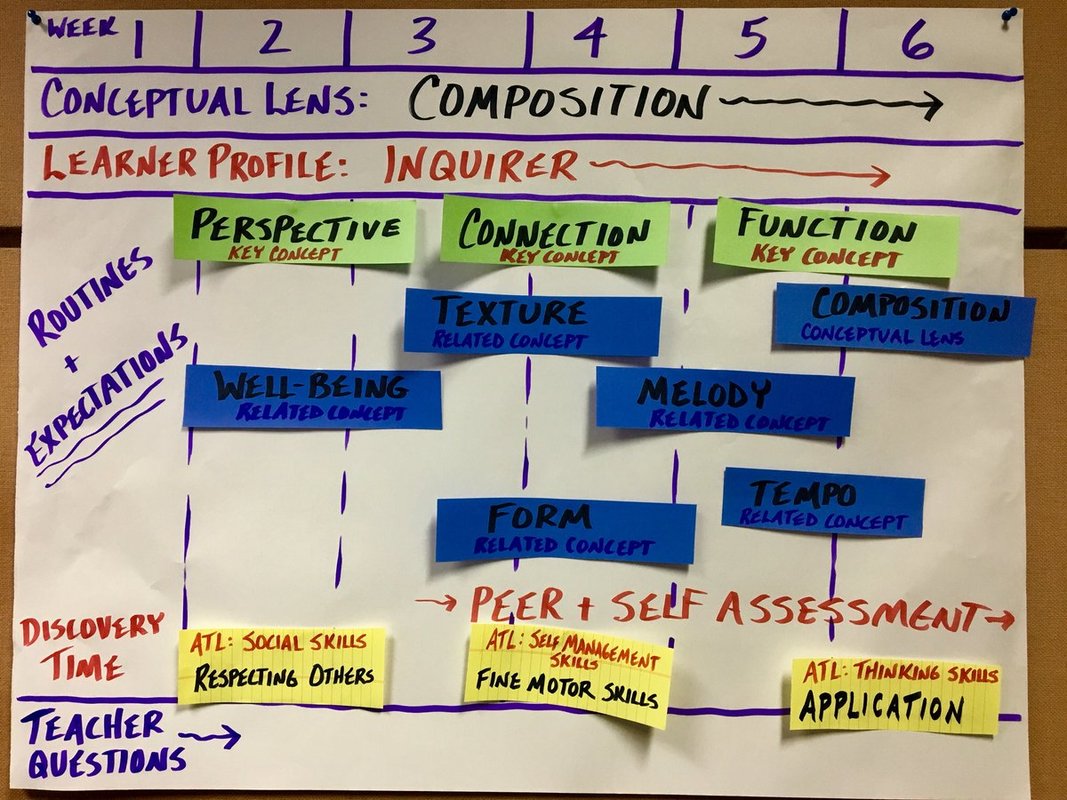
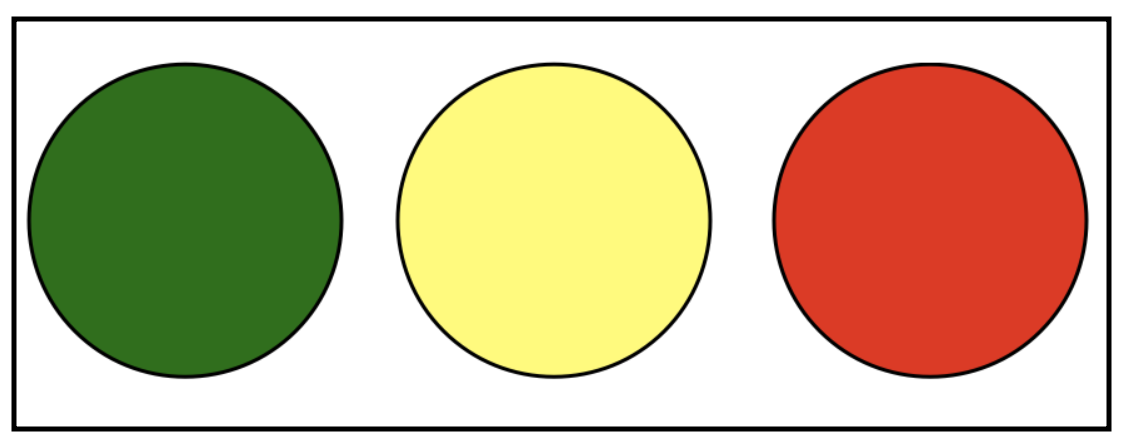
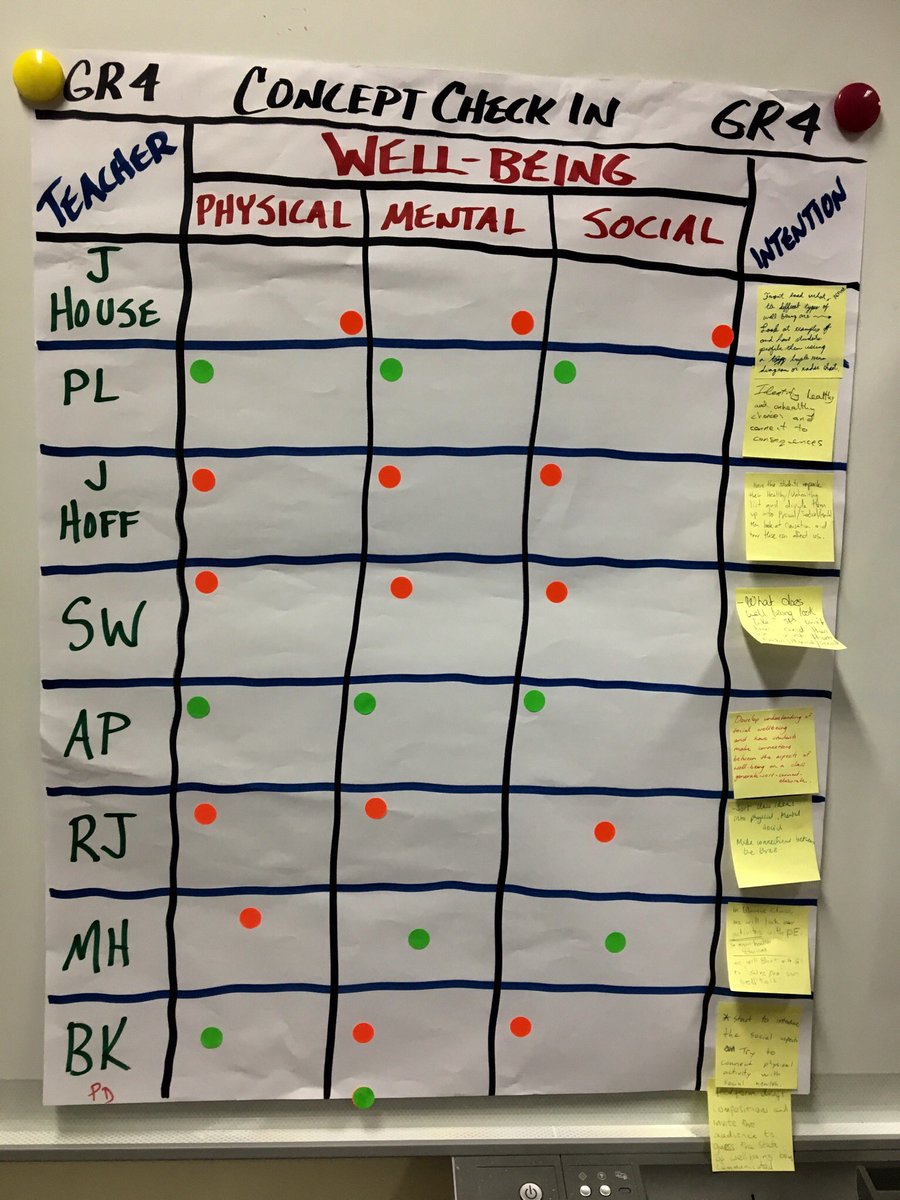
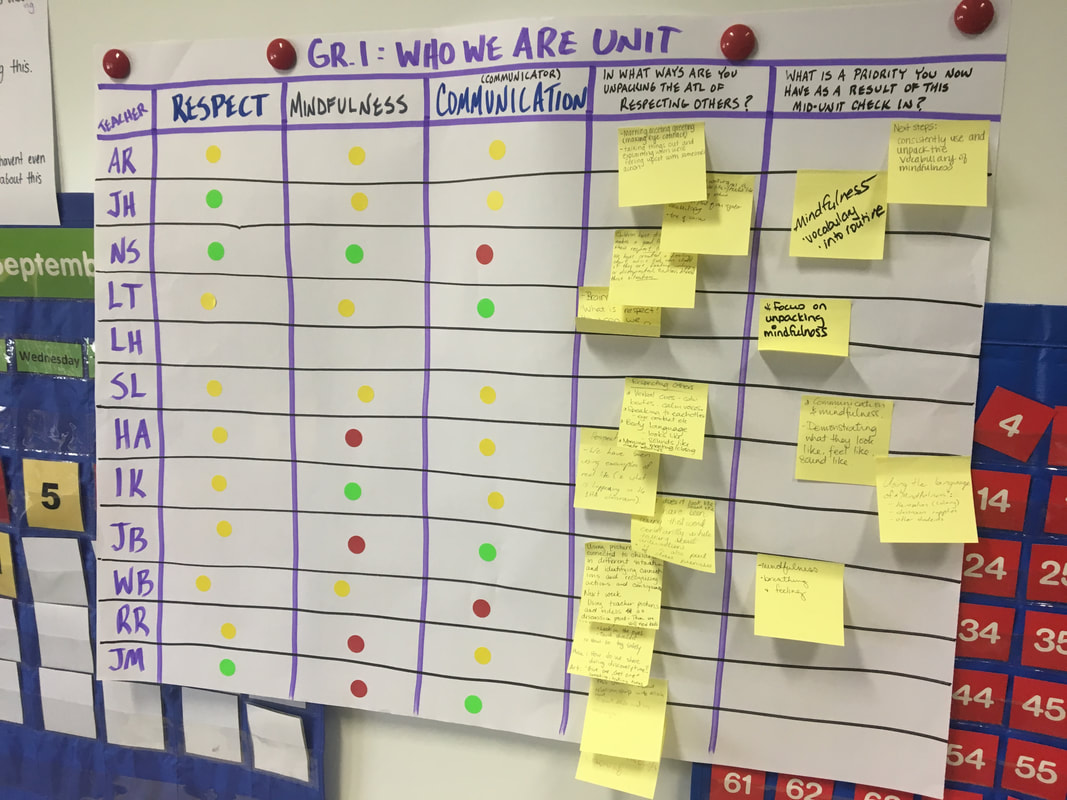
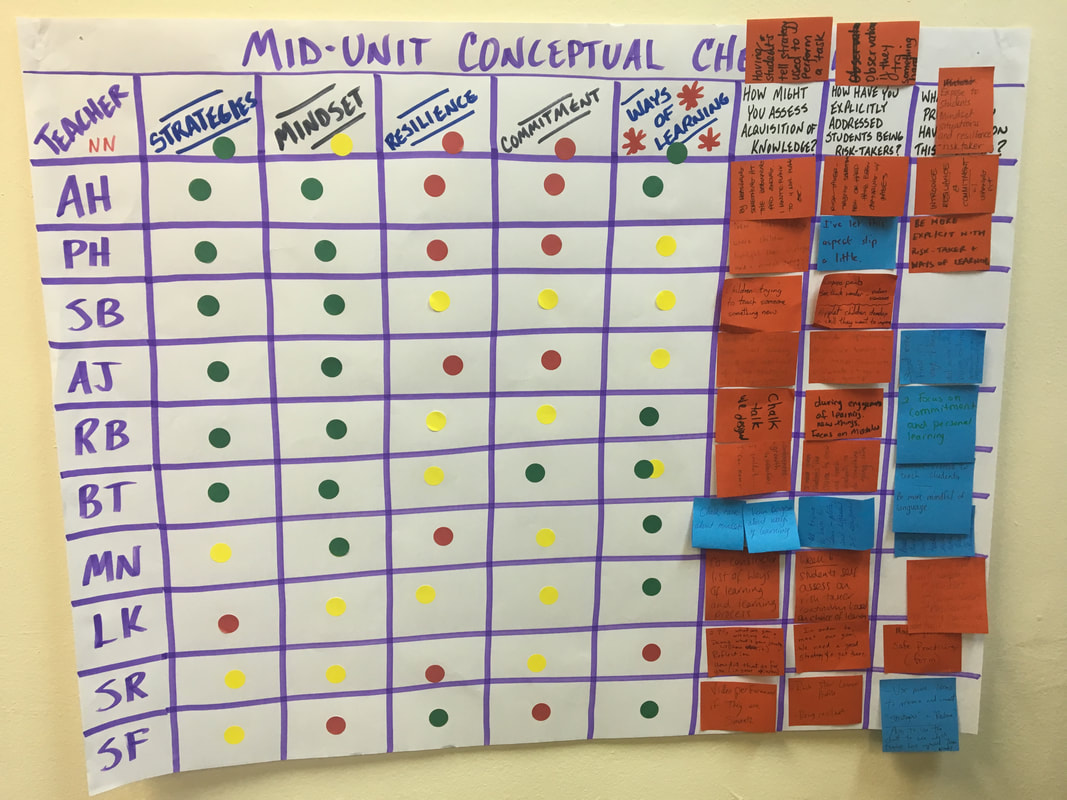
 RSS Feed
RSS Feed
